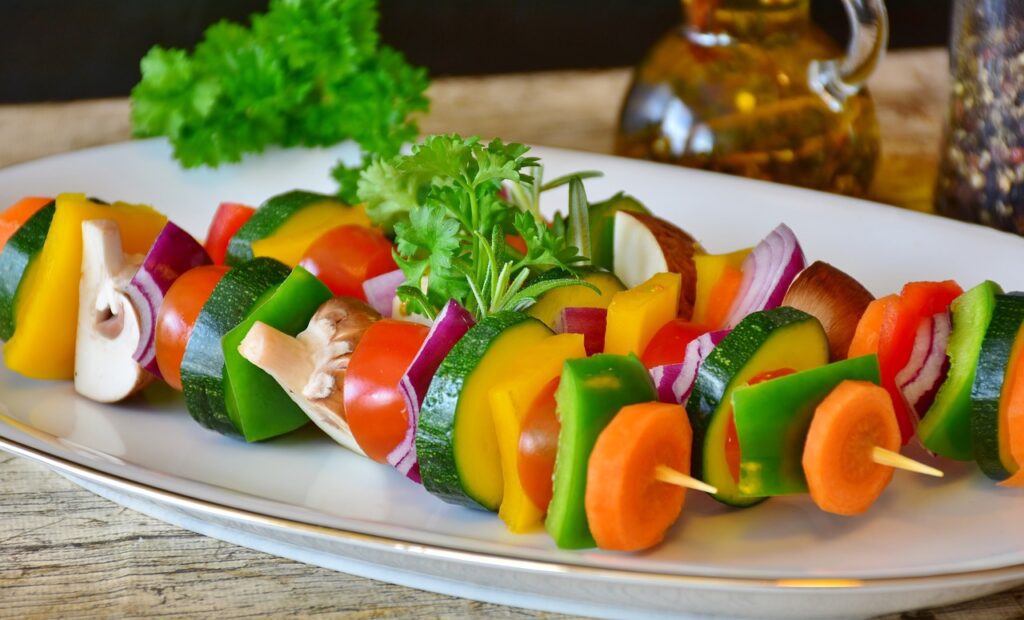Introduction to Indian Cuisine
Indian cuisine is one of the most diverse and flavorful on the planet. With a rich history dating back thousands of years, Indian food has evolved into a culinary sensation that is enjoyed all around the world. From aromatic spices to rich curries and succulent tandoori meats, Indian cuisine offers something for everyone. In this article, we will explore the origins and history of Indian cuisine, its regional diversity, popular dishes and ingredients, health benefits, foods mentioned in ancient Indian scripture, its evolution from the Middle Ages to the 16th century and colonial period, as well as desserts and beverages.
Origins and History
Indian cuisine dates back more than five thousand years. The country’s vast geography has played a significant role in shaping the diversity of its culinary traditions as different regions developed their own unique styles of cooking based on local ingredients. The earliest known Indian cookbook was written in Sanskrit over two thousand years ago and it detailed recipes for vegetarian dishes using various grains such as rice and wheat.
Regional Diversity
India is known for its vast regional diversity when it comes to food. Each region has its own unique style of cooking with distinct flavours and ingredients. The North is famous for its tandoori chicken and kebabs while South India is renowned for dosas, idlis, sambar, and rasam. West India boasts fragrant seafood dishes while East India features unique sweets like rasgulla and chhena poda.
Popular Dishes and Ingredients
Some of India’s most popular dishes include Baati, Butter Chicken, Biryani, Chaat, Chole Bhaturey, Dahi Chura, Dal Makhani, Idli-Sambar-Vada, Litti-Chokha, Rogan Josh, Sarson Ka Saag with Makki Di Roti, Palak Paneer, Tandoori Chicken, Dosa, Vada Pav, Upma. These dishes are made with an assortment of fragrant spices including cumin seeds (jeera), turmeric (haldi), coriander powder (dhania) mustard seeds (sarso), garam masala powder which includes cinnamon sticks (dalchini), cardamom pods (elaichi), cloves(laung)and nutmeg(jaiphal).
Health Benefits of Indian Cuisine
Indian cuisine offers several health benefits due to the use of fresh herbs like mint leaves(pudina), coriander leaves(dhaniya patta)and curry leaves(kadi patta). According to research studies, turmeric(haldi) contains anti-inflammatory properties that may help reduce joint pain while ginger(adrak) may aid digestion by reducing bloating and gas.
Foods Mentioned in Ancient Indian Scripture
Ancient Indian scriptures like Ayurveda promoted healthy eating habits through specific types of food that should be eaten according to each person’s constitution or body type called doshas. Foods like ghee(clarified butter), honey(shahad), milk(doodh), and almonds(badam) are recommended by Ayurvedic practitioners even today.
Middle Ages to 16th Century
During medieval times Mughal emperors were known for their grand feasts which included several courses of meat-based dishes such as korma made with yoghurt sauce or kebabs marinated in skewers which became part of the royal kitchens during their rule over India. This resulted in fusion cuisines such as Mughlai cuisine which influenced Northern India’s culinary scene.
Colonial Period
During British rule in India from the 1600s to 1947, there was an influence on food culture. British brought tea cultivation into India where it still remains a popular beverage consumed by millions today along with Anglo-Indian fusion cuisine that caters to people who have acquired taste due to British influence.
Desserts
Indian desserts are known for their richness in flavour using ingredients such as milk solids called khoya/mawa or paneer/chenna . Some famous desserts include gulab jamun(fried dough balls soaked in sugar syrup ), ras malai(chenna dumplings served cold in reduced milk flavoured saffron & cardamom ) kulfi(milk icecream/ popsicles).
Beverages
Chaas(buttermilk)and lassi(sweet/salted yoghurt drink blended with fruits/nuts/flavours/spices ) are some refreshing drinks which complement spicy food well along with chai(tea )that is served all day long across households & cafes alike.
Conclusion
In conclusion, Indian cuisine offers a wide range of flavours that cater to every palate. Its history dates back thousands of years resulting in vast regional diversity ranging from kebabs & biryanis from the north to dosas & idlis from the south while offering health benefits through traditional herbs & spice usage. There are several classic dessert options available along with refreshing beverages complimenting spicy foods well making it a one-of-a-kind culinary experience worth trying out if you haven’t already!


